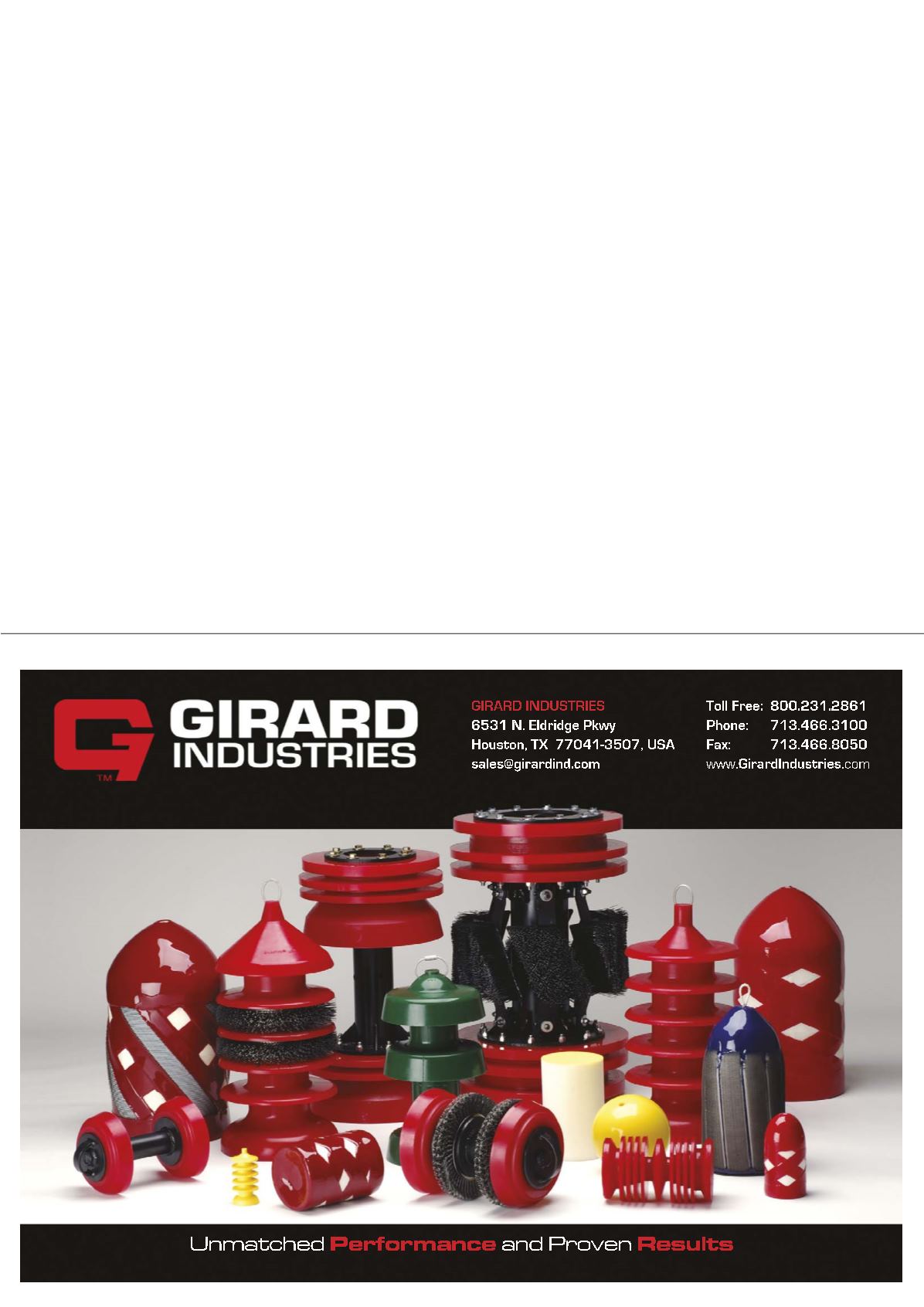
Extending valve life: overcoming the black
powder challenge
A Middle East oil and gas operator was encountering rapid
failure of pressure control valves deployed in a demanding
severe service application. In some cases, they were failing after
just 44 days in service. The problem was rooted in the black
powder contamination of the line media. This solid contaminant
is especially prevalent in the Middle East, where it gathers in
gas pipelines and can have a devastating impact on the assets it
encounters.
Engineer-led inspection and analysis revealed that the failures
were linked to four limiting factors associated with the valves’ trim
(the operating parts exposed to process fluid). These included the
trim material, trim and pressure envelope flow passage geometry,
fluid velocity in the pressure let-down process, and blockage of the
trim flow passage.
Prior experience in erosion prevention for sand-laden
applications gave the engineers a head start in overcoming the
black powder challenge. They researched the properties of black
powder and overlaid this with specific failure mode information
for the pressure control valves. This led to the development of
a customised trim design that could be retrofitted into existing
valves, maximising longevity. Key aspects of the design included the
use of hard materials such as tungsten carbide. When component
size or cost parameters precluded its use in solid form, a thick
cladding was used. Furthermore, the high velocity of the process
media was controlled with the introduction of a ‘tortuous path’ for
better management of the erosive energy.
Once redeployed, the valves’ performance improvements were
immediately apparent in their operation. After five and a half years
of uninterrupted service, the operator needed to install higher
capacity valves. The retrofits were made available for inspection,
and were found to be in excellent condition. Following this
inspection, the valves were rebuilt as found, then tested and stored
for future use as spares.
Extending valve capability: meeting new
requirements
Production volumes can fluctuate significantly over an asset’s
lifetime. In this example, an offshore operator was increasing the
capacity of compressors on a facility located off the Dubai coast,
UAE. As a result of this, critical anti-surge cycle control valves
(ASCVs) involved in the compression system needed to meet
exacting new requirements. Procuring such highly-specified valves
typically takes 24 weeks. The operator needed them within four
weeks.
These demands meant that it was not feasible to commission
new valves, so a reliable retrofit solution had to be developed
instead. It needed to be turned around quickly as well as satisfying
the updated performance parameters.
Engineers developed new internal components to fit the
bodies of the existing ASCVs. This increased their capacity and








